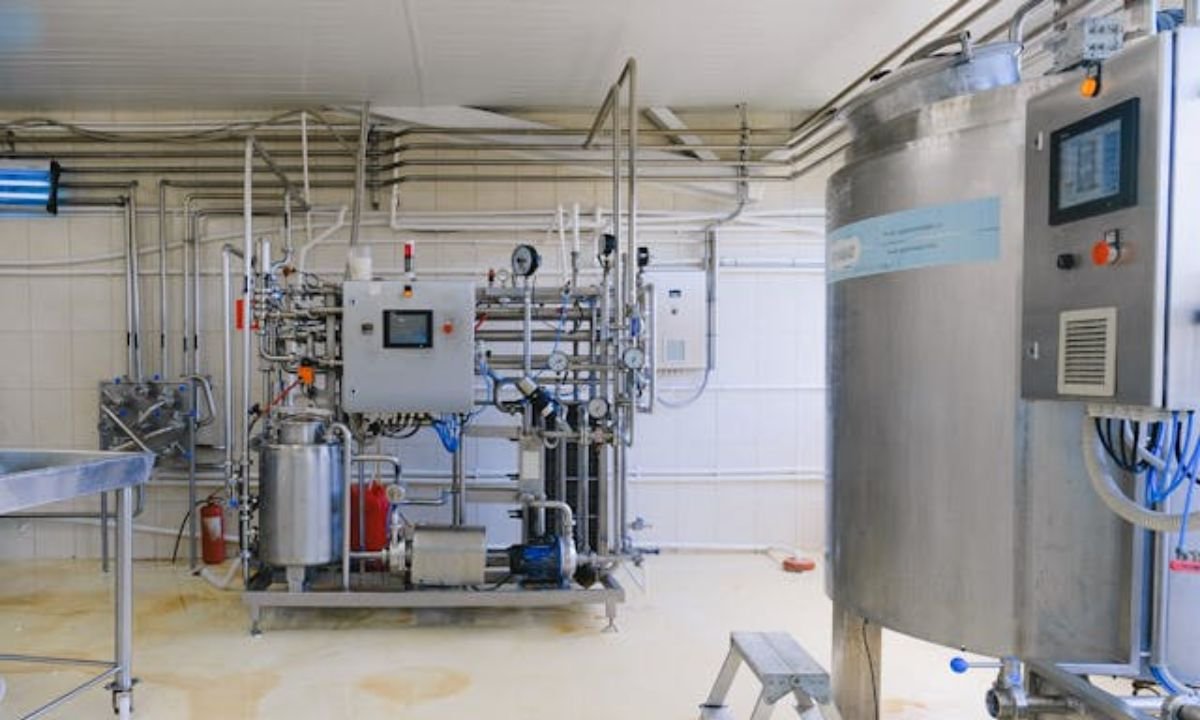Modern vehicles have evolved into highly sophisticated machines, relying heavily on electronics, sensors, and data communication systems. What used to be purely mechanical devices now function as rolling computers, with hundreds of components constantly exchanging information. At the heart of this digital transformation is vehicle networking—a critical technology that allows various electronic control units (ECUs), sensors, and systems within a vehicle to communicate with each other seamlessly.
In this blog, we’ll explore what vehicle networking is, why it’s so important, how it works, and the different types of networking systems used in the automotive industry.
What Is Vehicle Networking?
Vehicle networking refers to the communication infrastructure that enables electronic systems within a car, truck, or heavy-duty vehicle to connect, share data, and work together. These networks link various subsystems such as:
- Engine Control Units (ECUs): Manage fuel injection, ignition timing, and emissions.
- Transmission Control Systems: Control gear shifting and torque management.
- Safety Systems: Airbags, anti-lock braking systems (ABS), and stability control.
- Driver Assistance Systems: Adaptive cruise control, lane departure warning, and parking sensors.
- Infotainment Systems: Audio, navigation, and in-car connectivity features.
Without vehicle networking, each component would operate in isolation, limiting efficiency and safety. By creating a communication backbone, networking ensures that every system works in harmony for optimal vehicle performance.
Why Is Vehicle Networking Important?
The importance of vehicle networking can be summarized in four main points:
- Efficiency: Networking reduces redundant wiring and allows for faster communication between systems. Instead of connecting every device individually, systems share a common communication bus.
- Safety: Real-time communication between components enhances safety. For instance, if a wheel-speed sensor detects slipping, the traction control system can instantly adjust braking and engine output.
- Advanced Features: Modern features like autonomous driving, predictive maintenance, and over-the-air updates rely on robust networking.
- Regulatory Compliance: Networking systems help vehicles meet increasingly strict emission, fuel efficiency, and safety standards by enabling more precise control of components.
How Does Vehicle Networking Work?
Vehicle networking is based on protocols—standardized sets of rules that define how data is transmitted and received between devices. Each electronic control unit (ECU) in a vehicle is connected to a network bus. Instead of point-to-point connections, all ECUs can “listen” and “talk” on this bus, reducing the complexity of wiring.
When one ECU sends a message, others on the network can read it and decide whether the information is relevant. For example, when the engine ECU sends speed data, the transmission, ABS, and dashboard systems can all use that same information for their functions.
Key Types of Vehicle Networking Protocols
Several networking protocols are used in modern vehicles, each designed for specific requirements like speed, reliability, or cost-efficiency.
1. CAN Bus (Controller Area Network)
The most widely used protocol, CAN bus, is designed for robust communication between microcontrollers and devices without requiring a host computer. It is known for its reliability and ability to function in harsh environments.
- Used in: Engine, transmission, ABS, airbags, power steering.
- Benefits: Simple, cost-effective, reliable.
2. LIN Bus (Local Interconnect Network)
LIN bus is a lower-cost, lower-speed alternative to CAN, often used for non-critical functions.
- Used in: Window controls, seat adjustments, wipers, interior lighting.
- Benefits: Reduces cost by offloading minor functions from the CAN bus.
3. FlexRay
FlexRay is designed for high-speed, safety-critical applications such as advanced driver assistance systems (ADAS).
- Used in: Steering, braking systems, and autonomous driving applications.
- Benefits: High data rate, fault-tolerant design, supports time-critical applications.
4. Ethernet
Automotive Ethernet is gaining popularity due to the growing data needs of advanced features such as infotainment, cameras, and sensors for autonomous driving.
- Used in: Camera systems, lidar, radar, and over-the-air updates.
- Benefits: High bandwidth and scalability.
5. MOST (Media Oriented Systems Transport)
MOST is mainly used for infotainment systems and multimedia applications.
- Used in: Audio systems, DVD players, GPS, and rear-seat entertainment.
- Benefits: High-quality transmission of audio and video signals.
Vehicle Networking in Action: Real-World Examples
To better understand vehicle networking, let’s look at a few real-world scenarios:
- Airbag Deployment: When sensors detect a collision, the crash data is instantly communicated to the airbag system, which deploys airbags in milliseconds.
- Adaptive Cruise Control: Radar sensors detect the distance to the vehicle ahead, and this information is shared with the engine and braking systems to maintain a safe following distance.
- Electric Vehicles (EVs): Vehicle networking plays a key role in battery management, ensuring safe charging, power distribution, and thermal regulation.
Benefits of Vehicle Networking
1. Reduced Wiring Complexity
Traditional vehicles had kilometers of wiring, which added weight, complexity, and cost. Networking significantly reduces wiring by allowing multiple devices to share a single bus.
2. Faster Diagnostics and Maintenance
Technicians can quickly identify faults by connecting to the vehicle’s diagnostic port, as ECUs continuously share status data through the network.
3. Scalability
Networking makes it easier to integrate new features without overhauling the entire electrical system.
4. Enhanced Performance
Real-time communication ensures that systems like braking, steering, and engine control work together more efficiently.
5. Support for Autonomous Driving
Networking is the foundation for advanced driver assistance systems (ADAS) and autonomous driving, where multiple sensors and processors must communicate instantly.
Challenges in Vehicle Networking
While vehicle networking offers immense benefits, it also presents certain challenges:
- Cybersecurity: As vehicles become more connected, they are vulnerable to hacking. Securing communication channels is critical.
- Data Management: With hundreds of ECUs and sensors, managing and prioritizing data traffic is complex.
- Standardization: Different manufacturers use different protocols, making standardization a challenge.
- Reliability: In safety-critical applications, even minor communication errors can have serious consequences.
Future of Vehicle Networking
The future of vehicle networking is evolving rapidly with advancements in autonomous driving, electrification, and connectivity. Key trends include:
- Automotive Ethernet Expansion: Supporting high-speed data for cameras, lidar, and infotainment.
- Integration with IoT: Vehicles will communicate not just internally but also externally with smart infrastructure, other vehicles, and cloud systems.
- Wireless Communication: Wi-Fi and 5G will enable vehicle-to-everything (V2X) communication, improving safety and traffic efficiency.
- Simplified Architectures: Centralized computing platforms may replace dozens of ECUs, making networks more efficient and easier to manage.
Companies specializing in automotive automation, such as IFM Networking Systems, are helping pave the way for more advanced, secure, and reliable vehicle communication solutions that support these innovations.
Final Thoughts
Vehicle networking is the nervous system of modern automobiles, enabling seamless communication between sensors, controllers, and systems. From improving safety and efficiency to supporting autonomous driving and connected car technologies, its role is indispensable in shaping the future of transportation.
As the automotive industry continues to evolve, vehicle networking will only grow more advanced, integrating with cloud computing, artificial intelligence, and IoT infrastructure. Manufacturers and suppliers who embrace robust, secure, and scalable networking systems will be at the forefront of delivering safer, smarter, and more efficient vehicles.
READ ALSO: Driving Change: How EV Charging Stations Are Powering Sustainable Communities










